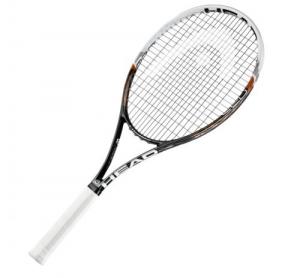Poland's defense group Zbrojeniowa acquires a controlling stake in graphene maker Nano Carbon
 Poland based graphene producer Nano Carbon (that began to produce graphene materials in December 2013) announced that Polish defense group Polska Grupa Zbrojeniowa acquired a controlling stake (51%) in the company
Poland based graphene producer Nano Carbon (that began to produce graphene materials in December 2013) announced that Polish defense group Polska Grupa Zbrojeniowa acquired a controlling stake (51%) in the company
This is a new defense group that is being formed by the Polish Ministry of Treasury. According to the reports from Poland, the Polish military is researching possible graphene uses in applications such as night goggles, gas masks, combat helmets and armored fighting vehicles.





